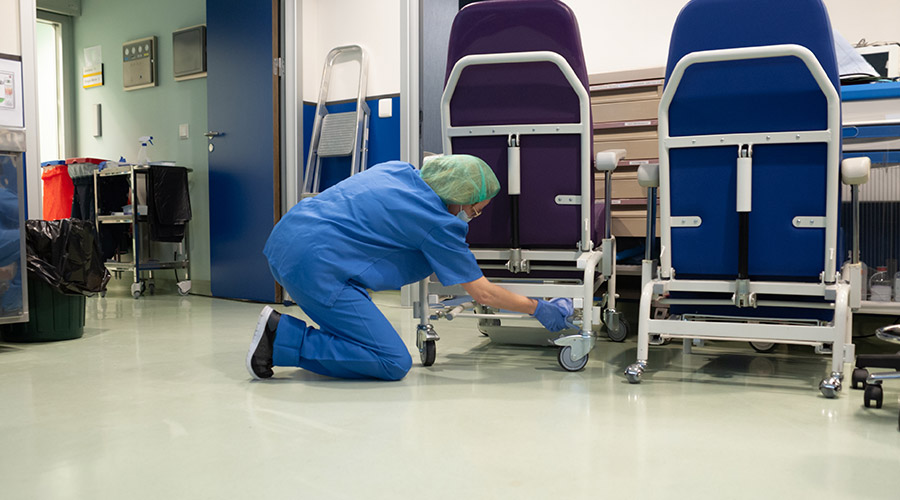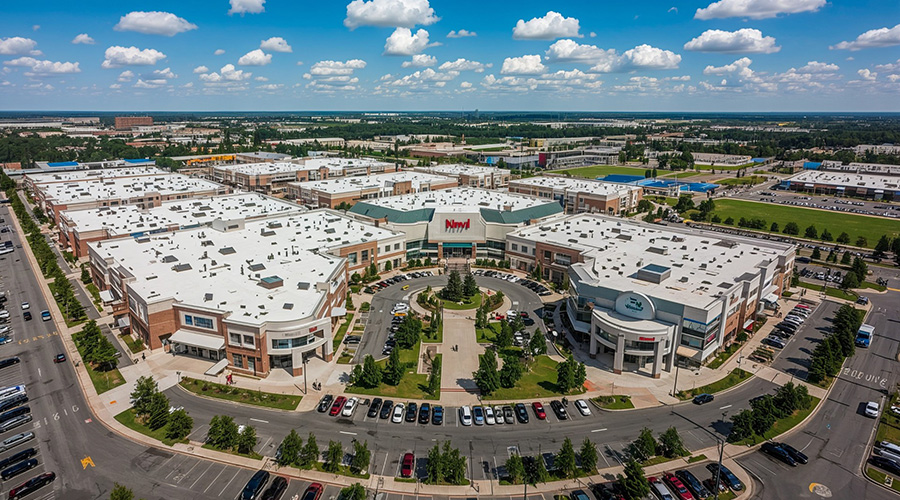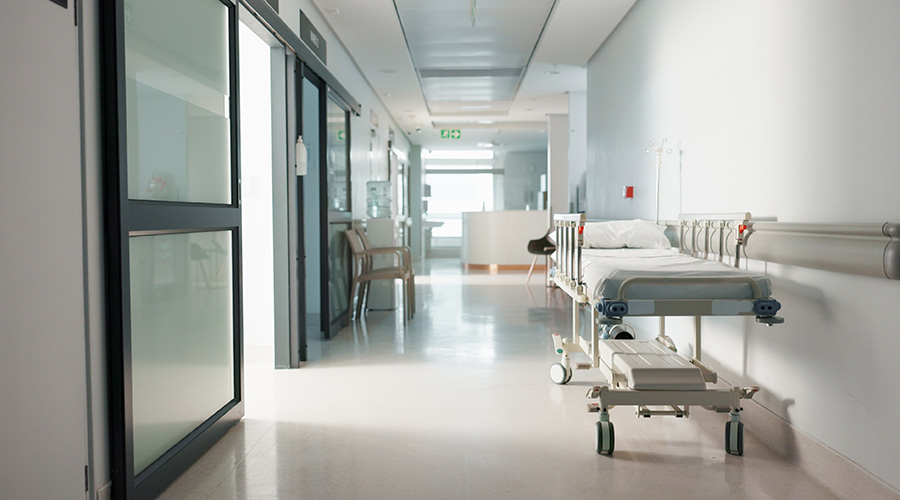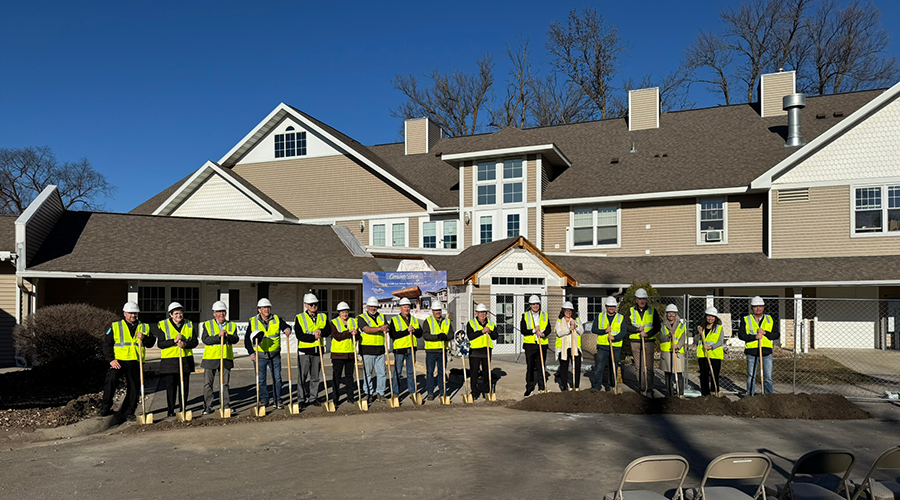It is time for a reality check when it comes to disinfecting environmental surfaces in healthcare facilities. A huge gap exists between government registration protocols for disinfectants and processing an emergency department trauma room after a gunshot victim has received life-saving medical treatment.
The disinfectant the environmental services technician uses to clean up blood, bone and human tissue was purchased with input from the infection prevention department. Unfortunately, disinfectants are just part of the problem when it comes to providing a safe, clean and disinfected room. Why?
First, the registration process for healthcare-grade disinfectants is based on flawed methods for microbicidal activity. While materials managers and infection preventionists purchase and use only government-registered products, the registration process for environmental surface disinfectants is often based on flawed methods for microbial activity.
The second reason relates to the spectrum of microbial activity. Frequently, a chemical disinfectant is tested against Gram-positive and Gram-negative bacteria only, but the label claims broad spectrum activity.
“The use of this antibiotic-relevant term is totally inappropriate for disinfectants,” says Dr. Syed A. Satta. “The correct use of the term must be given a disinfectant’s ability to inactivate not only vegetative bacteria but viruses and fungi, as well, which are common nosocomial pathogens.”
Third, disinfectants are tested without any wiping action. Even though most surfaces are disinfected with wiping, testing and label claims of products used for the purpose rarely entail any wiping action — a serious omission.
Related: When It Comes to Disinfectants, Close Is Not Good Enough
When the environmental services technician is processing the aftermath in the trauma room, the gurney is not submerged in disinfectant for 10 minutes as the label states for contact time, although that is the how the product testing is performed. In the real world, a technician uses a microfiber wiper, a disinfectant and elbow grease to process surfaces and equipment according to hospital protocols. The mechanical action of wiping contributes significantly to soil removal and rendering surfaces safe, clean and disinfected.
Fourth, despite all the talk about in-service training and routine monitoring of environmental services technicians, they remain a weak link in the infection control chain. Such individuals are often the least skilled and educated and have limited proficiency and working knowledge. Also, issues such as poor pay, job insecurity and a lack of tangible recognition of the crucial role they play contribute to the high rate of turnover.
The literature is replete with examples of how a perfectly good disinfectant has been improperly diluted, stored or applied by a technician. The situation is akin to having ill-trained and ill-equipped frontline soldiers in a major battle.
Fifth, even if the room is disinfected, it still is not going to eliminate the bioburden to make it safe. The patient bed mattress needs to be disinfected according to the manufacturer’s instructions for use. Left behind is the equivalent of a Petri dish loaded with deadly pathogens for the next patient. The mattress has a soft, porous surface. The U.S. Food and Drug Administration states that processing a mattress is a five-step protocol. Technicians process a mattress in one step.
Finally, in the terminal cleaning of a typical intensive care unit room where a patient had been on C. diff precautions, following the instructions for use for every surface and piece of equipment in the room would take two-three hours to process. The technician is given 30 minutes to complete the task.
For the most part, it is not the worker’s fault that the rate of healthcare-associated infections remains underreported and dangerously high.
J. Darrel Hicks, BA, MESRE, CHESP, Certificate of Mastery in Infection Prevention, is the past president of the Healthcare Surfaces Institute. Hicks is nationally recognized as a subject matter expert in infection prevention and control as it relates to cleaning. He is the owner and principal of Safe, Clean and Disinfected. His enterprise specializes in B2B consulting, webinar presentations, seminars and facility consulting services related to cleaning and disinfection. He can be reached at darrel@darrelhicks.com, or learn more at www.darrelhicks.com.

 Healthcare Is the New Retail
Healthcare Is the New Retail Bridgeway Behavioral Health Services Launches Campaign to Renovate Health Center
Bridgeway Behavioral Health Services Launches Campaign to Renovate Health Center Ground Broken for New North Dakota State Hospital
Ground Broken for New North Dakota State Hospital AI Usage for Healthcare Facilities
AI Usage for Healthcare Facilities Ground Broken on Pelican Valley Senior Living Modernization Project
Ground Broken on Pelican Valley Senior Living Modernization Project